266.
Wood Sandpiper Tringa glareola (Bosruiter)
Order: Charadriiformes. Family: Scolopacidae
Description
The Wood Sandpiper has a height of 19-21 cm and weighs around 65 g. The most obvious features are a white supercilium, which contributes to a distinctly capped effect, and very heavily spotted or even chequered upperparts. It has brown upperparts and generally white underparts. Profuse white spotting on lightish upperparts distinctive. The most striking plumage feature are the bold white supercilia, which show well behind the eye and have a dark brown 'cap'. The black bill is about the same length as the head and straight. The head is black, shape is almost squarish in profile, and the neck can be extended or retracted a certain amount, changing the overall appearance. The eyes are brown. The rump has a square white patch between the dark tip of the tail and the back. The legs are longer than Green Sandpiper's legs and usually pale yellowish, but can appear quite dark when the bird is feeding in mud, or in dull light. Sexes alike.
The juvenile resembles the adult, but is warmer brown above, spotted buff.
Intermediate in size between
Common Sandpiper and
Green Sandpiper, which it superficially resembles. Distinguished from Green Sandpiper by the paler upperparts with pale flecking, the grey (not black) underwings and the yellower legs, and by its less streaked breast. Lacks the white shoulder patch, dark rump and tail and the wing bar of Common Sandpiper, and has a different flight action. Darker and browner than
Common Greenshank or Marsh Sandpiper, and has a square white rump. Distinguished from Lesser Yellowlegs by its smaller size, longer white eye-stripe, less streaked breast, and by the wings not projecting beyond the tail at rest.
Distribution
The Wood Sandpiper is a widespread migratory wading bird of Europe and Asia which overwinters in Africa. It breeds in a broad band of forest tundra from Iceland and Scotland across Eurasia to the Kamchatka, Siberia, heading south in the non-breeding season to Australia, South-East Asia, India and sub-Saharan Africa, including southern Africa. Here it is common in Zimbabwe, northern and eastern Botswana and north-eastern South Africa, while more scarce elsewhere in the region.
Habitat
It occurs in a wide range of open freshwater habitats, such as shallow sewage ponds, dams, pans, flood plains, marshes and muddy edges of water courses, while largely absent from tidal coastal habitats.
Diet
The diet of the wood sandpiper varies seasonally, and includes a variety of aquatic and terrestrial insects, other invertebrates, small fish, frogs and plant matter, doing most of its foraging by slowly walking on the ground or in shallow water, probing, pecking and sweeping its bill from side to side in search of prey.
Breeding
Nesting on the on the ground, the wood sandpiper usually lays three or four eggs.
Movements and migrations
Non-breeding migrant, with southern African birds originating from Finland east to the Ural Mountains, departing the breeding grounds in June and eventually arriving in southern Africa in July. It is widespread in the region by August, with adults leaving in late February and March, while immature birds leave in the period from late March to early May.
Call
A very vocal species, with a high-pitched, slightly descending take-off call
chiff-iff-iff.
Listen to Bird Call:
http://www.xeno-canto.org/species/Tringa-glareola
Status
Summer visitor. Common non-breading Palearctic migrant, most abundant in eastern Southernn Africa. Main arrivals from August, departure late February-May, some 1-year birds overwintering. Highly nomadic on wintering grounds. Generally solitary or in loose groups.
The Wood Sandpiper is classified as Least Concern (LC) on the IUCN Red List.
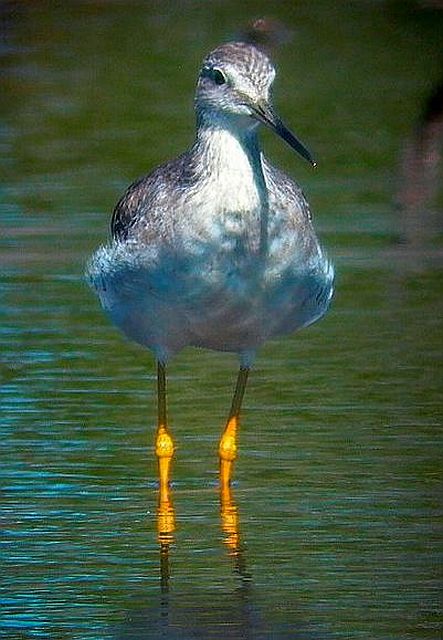



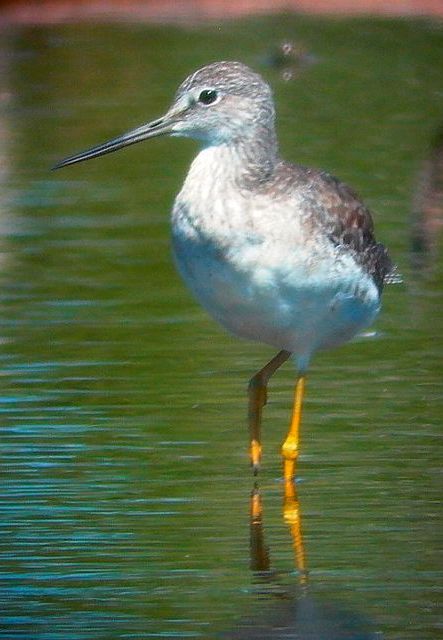
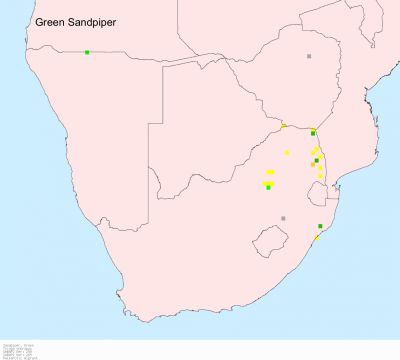
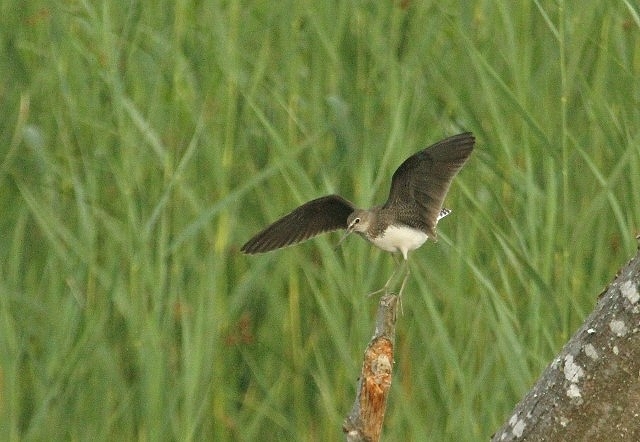 © nan
© nan © nan
© nan © Toko
© Toko © SammyA
© SammyA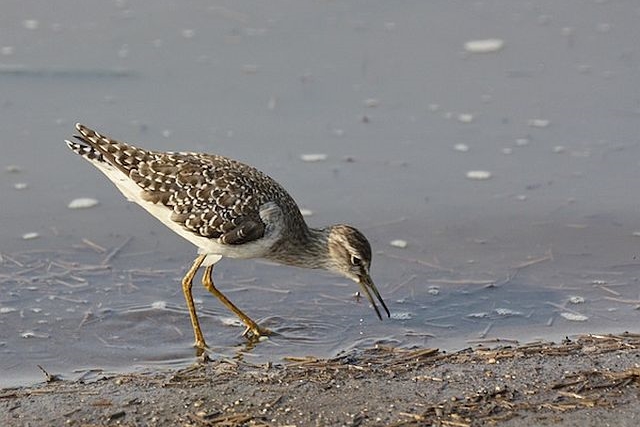 © ExFmem
© ExFmem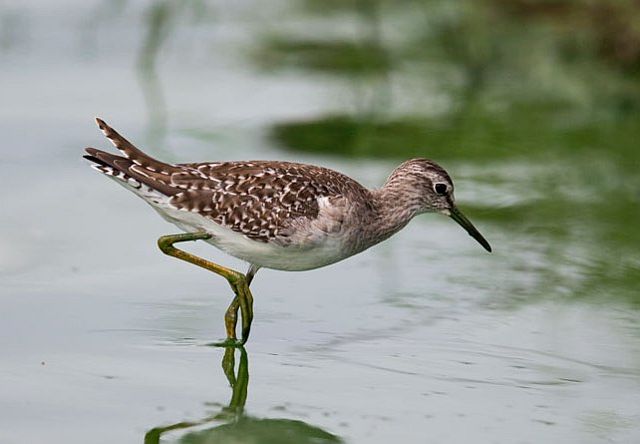 © Pumbaa & Timon
© Pumbaa & Timon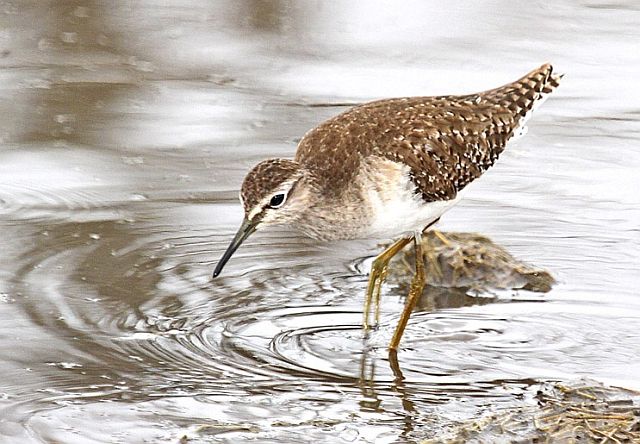 © leachy
© leachy © Super Mongoose
© Super Mongoose © Flutterby
© Flutterby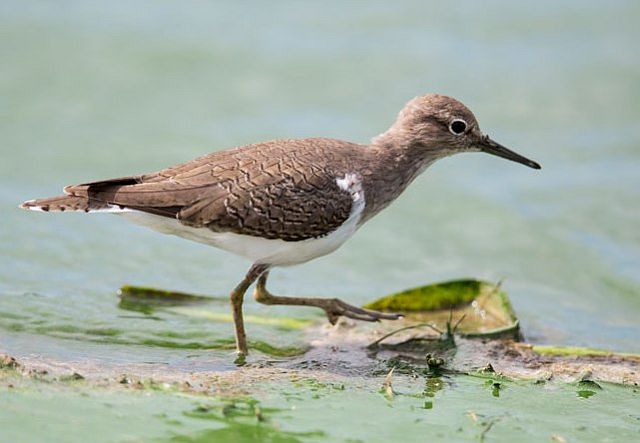 © Pumbaa
© Pumbaa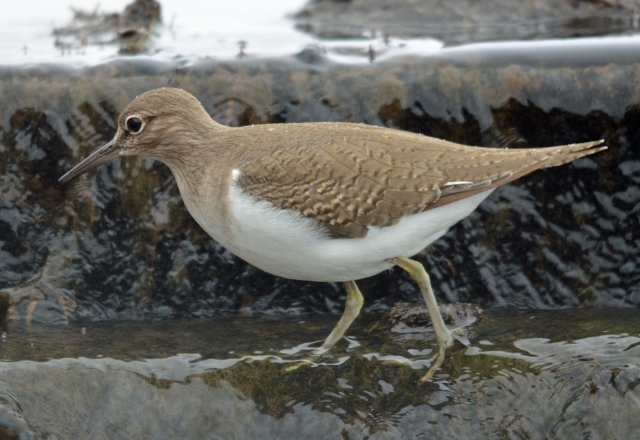 © BluTuna
© BluTuna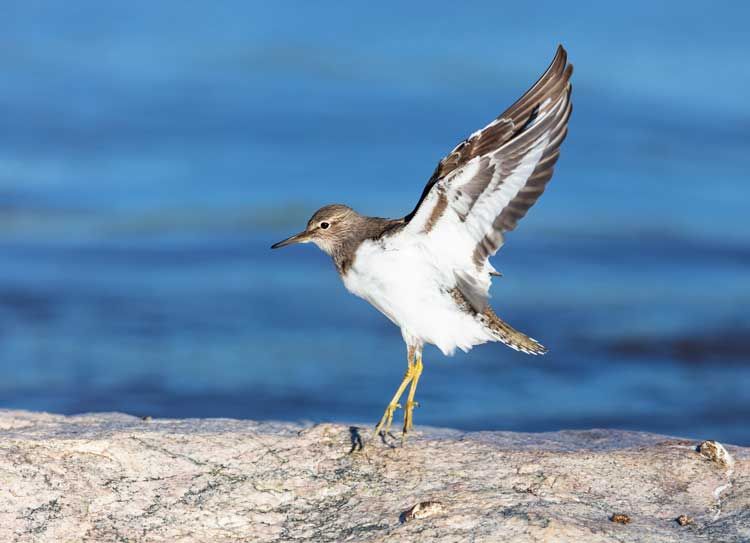 © Pumbaa
© Pumbaa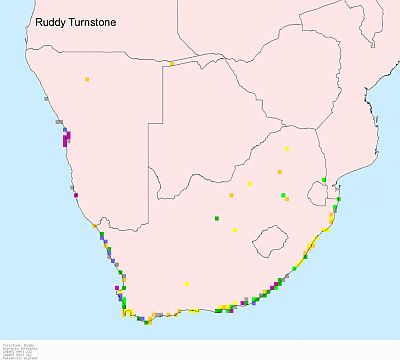
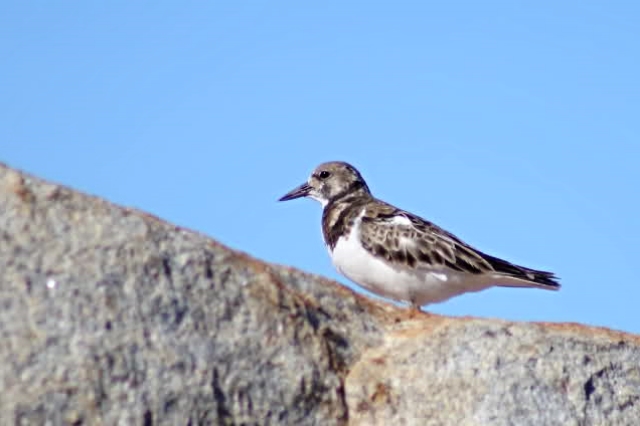 © Flutterby
© Flutterby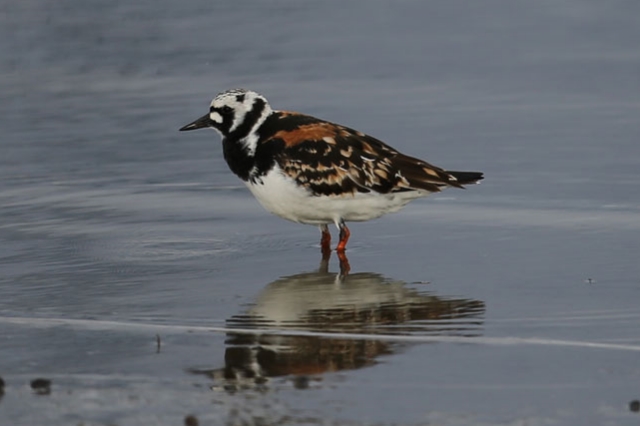 © Pumbaa
© Pumbaa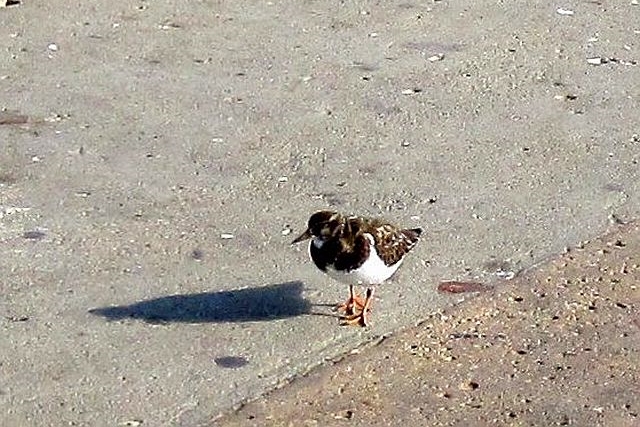 © Lisbeth
© Lisbeth